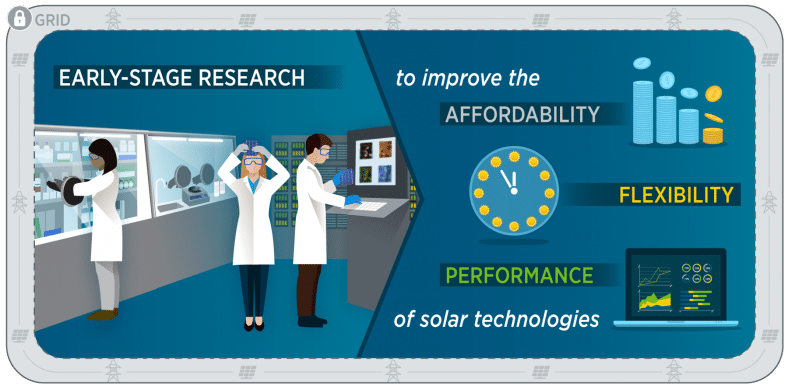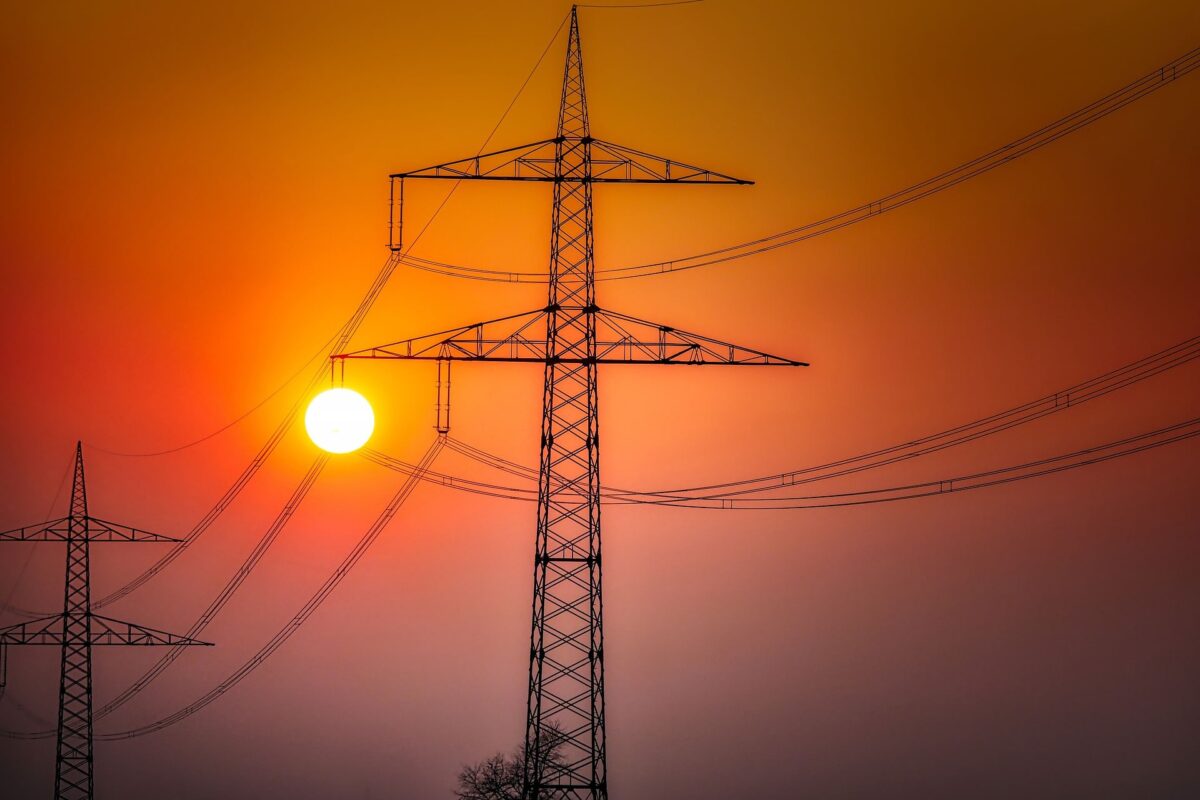The US Department of Energy’s (DOE) Solar Energy Technologies Office’s (SETO) main goal is to support the Sunshot 2030 Goal:
- $0.05 per kilowatt hour for residential PV
- $0.04 per kilowatt hour for commercial PV
- $0.03 per kilowatt hour for utility-scale PV
SETO’s work in fiscal year 2018 (SETO FY2018) does this through “fund(ing) early-stage research projects that advance both solar photovoltaic (PV) and concentrating solar-thermal power (CSP) technologies and supports efforts that prepare the solar workforce for the industry’s future needs”.
Yesterday, SETO FY2018 announced 53 projects that were chosen to receive up to $53 million in total funding. Solar photovoltaics got $28 million for 31 projects, concentrating solar got $12 million across 15 projects, and workforce initiatives got $13 million across seven projects.

The chosen solar photovoltaic (PV) projects “increase performance, reduce materials and process costs, and improve reliability of PV cells, modules, and systems”. Projects were also chosen to develop better ways to develop and test technologies in the industry.
Some of the PV projects projects:
- Towards 50 Year Lifetime PV Modules: Glass/Backsheet vs. Double Glass, Case Western University, Roger French
- Accelerated Scaling to Rapid Open-Air Fabrication of Durable Perovskite Solar Modules, Stanford University, Reinhold Dauskardt
- Bifacial PV Module Energy Modeling Validation Study, DNV GL, Tara Doyle
- Novel and Effective Surface Passivation for High-Efficiency N- and P-Type Silicon Solar Cells, University of Delaware, Ujjwal Das
- Capturing the Full Benefits of Bifacial Modules through a Regional Optimization of the Electrical Architecture, Cypress Creek Renewables, Jenya Meydbray
- Bringing High-Efficiency Silicon Solar Cells With Heterojunction Contacts to Market with a New, Versatile Deposition Technique, Arizona State University, Zachary Holman
- Deciphering Degradation: Machine Learning on Real-World Performance Data, KWH Analytics, Adam Shinn
- Improving Energy Yield in Photovoltaic Modules With Photonic Structures, University of Minnesota Twin Cities, Vivian Ferry
Within the PV program were also financial projects: low and medium income financing, and development of a revolving energy savings investment fund.
The concentrating solar power (CSP) program aims to lower costs by 50% overall by 2030, via “advancing components found in CSP sub-systems, including collectors, power cycles, and thermal transport systems”. CSP has shown promise due to its ability to integrate low-cost thermal energy storage, which enabled the world’s first solar plant which can produce electricity 24 hours per day. However the technology has struggled in recent years to compete with PV.
The workforce programs included university and private work force trainers, as well a native focused program. Additionally, there was a program focused specifically on data, “Grid Ready Energy Analytics Training with Data” by the Electric Power Research Institute.
Recipients of all areas included universities, as well as industry professionals adding onto and optimizing their own commercial offering.
This content is protected by copyright and may not be reused. If you want to cooperate with us and would like to reuse some of our content, please contact: editors@pv-magazine.com.








By submitting this form you agree to pv magazine using your data for the purposes of publishing your comment.
Your personal data will only be disclosed or otherwise transmitted to third parties for the purposes of spam filtering or if this is necessary for technical maintenance of the website. Any other transfer to third parties will not take place unless this is justified on the basis of applicable data protection regulations or if pv magazine is legally obliged to do so.
You may revoke this consent at any time with effect for the future, in which case your personal data will be deleted immediately. Otherwise, your data will be deleted if pv magazine has processed your request or the purpose of data storage is fulfilled.
Further information on data privacy can be found in our Data Protection Policy.